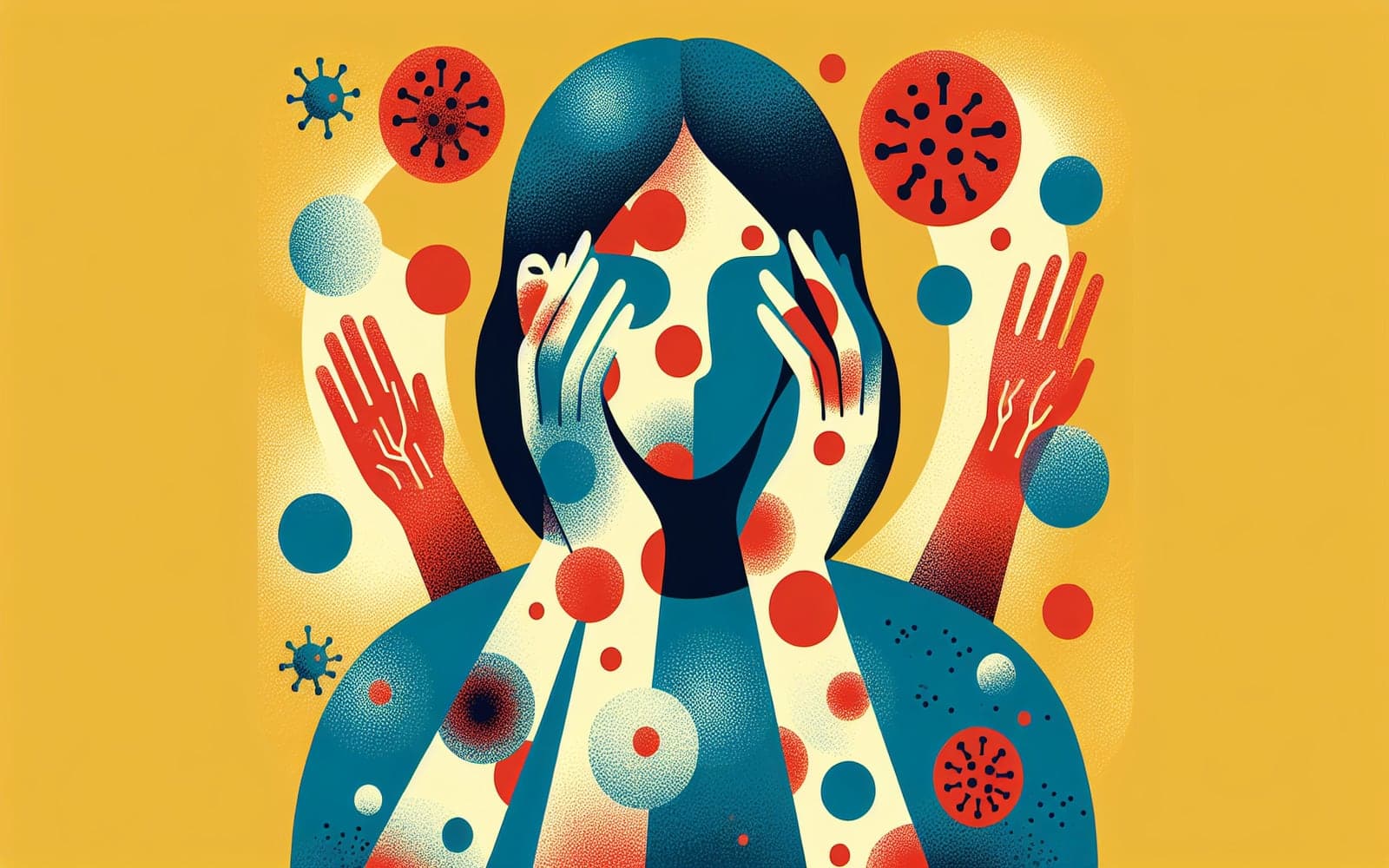What is Urticarial Vasculitis? Unveiling the Mystery Behind This Rare Condition
Published: Jul 03, 2024

Medically reviewed by Michelina Stoddard | MD, Ph.D, Joan & Sanford I. Weill Medical College of Cornelle University - San Antonio, Texas on July 3rd, 2024.
Urticarial vasculitis is a complex condition that combines the symptoms of hives with small blood vessel inflammation. Understanding its causes and symptoms can help in managing this rare disease.
Contents
Understanding Urticarial Vasculitis
Urticarial vasculitis (UV) is a rare disease characterized by hives and inflammation of small blood vessels. It affects the skin and sometimes other organs like the lungs and kidneys. While it can be idiopathic, meaning it occurs without a known cause, it may also be linked to autoimmune diseases, drug reactions, or infections.
Clinical Features and Symptoms
Symptoms of UV include persistent hives that can last over 24 hours, often accompanied by pain and tenderness. Unlike common hives, these lesions might leave behind a bruise or discoloration. In severe cases, UV can lead to systemic symptoms like joint pain, kidney issues, and breathing difficulties.

Diagnosis and Differentiation
Diagnosing UV involves both clinical observation and skin biopsy to identify leukocytoclastic vasculitis. It's crucial to differentiate UV from common urticaria, which doesn't involve blood vessel inflammation. Complement levels in the blood can also provide clues, as low levels often indicate more severe disease.
Frequently Asked Questions
UV symptoms include prolonged hives, joint pain, and potential systemic involvement.
UV involves blood vessel inflammation, unlike common hives.
Low complement levels indicate more severe UV and potential systemic involvement.
Yes, UV can affect organs like the lungs and kidneys.
Key Takeaways
Understanding urticarial vasculitis is key to managing its symptoms and complications.
Curious about UV? Talk with Doctronic to learn more about this rare condition.Related Articles
References
McDuffie FC, Sams WM Jr, Maldonado JE, et al. Hypocomplementemia with cutaneous vasculitis and arthritis. Mayo Clin Proc 1973; 48:340.
Soter NA. Chronic urticaria as a manifestation of necrotizing venulitis. N Engl J Med 1977; 296:1440.
This article has been reviewed for accuracy by one of the licensed medical doctors working for Doctronic. Always discuss health information with your healthcare provider.

